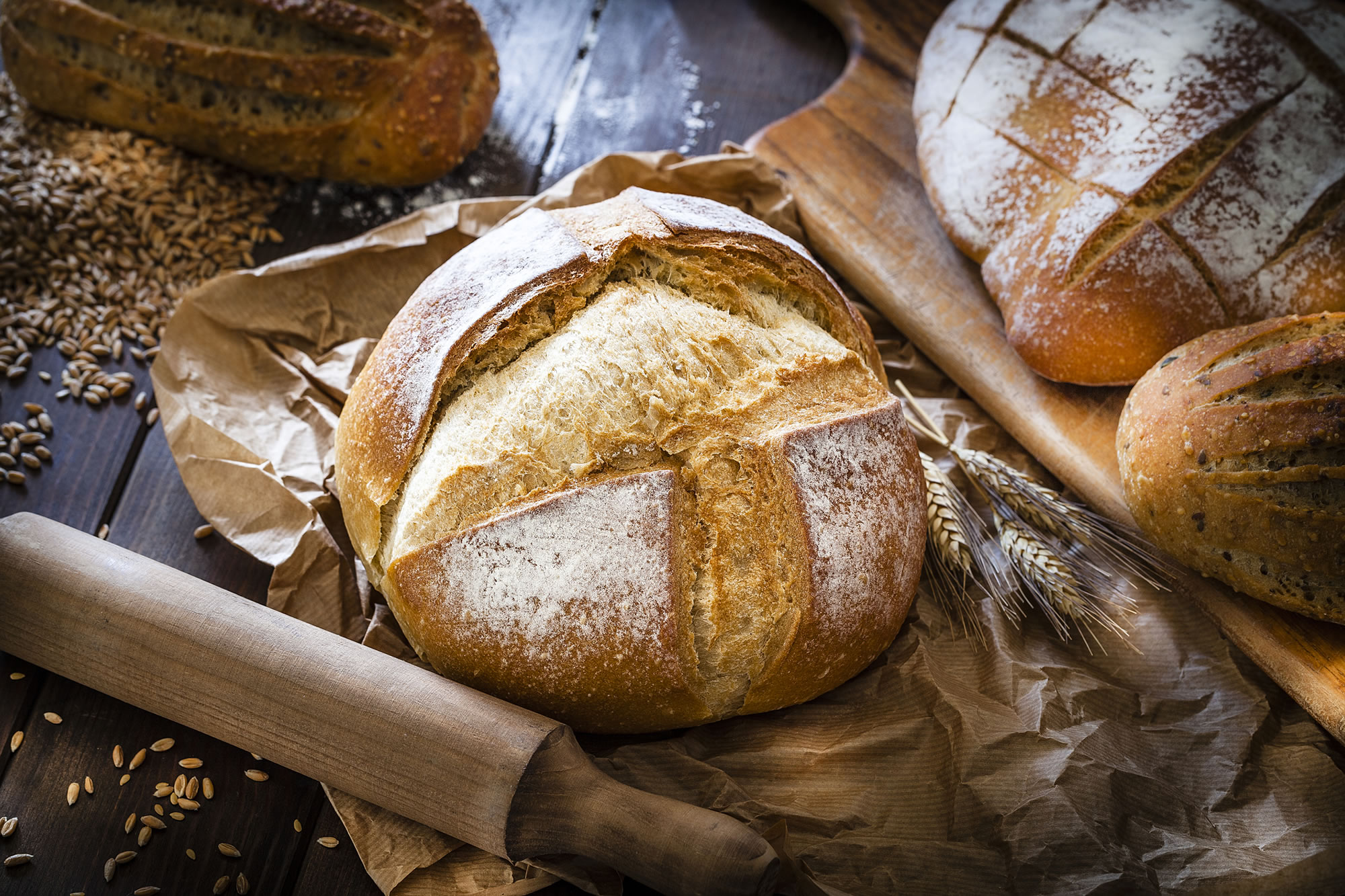Bread is one of the staple foods in our lives, but the freshness and quality of the bread we eat varies tremendously. In a basic loaf of bread, only four ingredients are required: water, salt, flour and yeast. But that’s not all you’ll find in a typical industrial loaf. Preservatives, emulsifiers, bleach, L-ascorbic acid (E300), and fats are added to make bread last longer and look better.
By making your own bread, of course, you avoid lots of hidden ingredients in many commercial products and their unknown effects on your health.
Moreover, who doesn’t love the smell of a freshly baked loaf to be enjoyed over breakfast? Or maybe you’ll serve it at midday as part of a ploughman’s lunch?
Fresh bread is always a delight!
How easy is it to make bread?
The good news is, it’s astonishingly easy to make your own bread. You just need to set aside some time to do it. If you want, you can use a bread machine and bread mix, but then you should be wary of what’s in the mix if you have nutritional concerns.
To varying degrees, bread mixes contain exactly the kind of ingredients you might be trying to avoid in industrial bread.
Putting the bread machine to one side, it’s also easy to make bread manually with very little skill. You just have to be willing to get your hands floury: a small price to pay for healthy, chemical-free bread.
Satisfaction guaranteed
Perhaps the effort needed to make your own bread is a little off-putting? If so, think of the simple pleasure that fresh, warm bread brings. Of all the fancy foods we eat in life, few are as satisfying as good bread or as disappointing as poor bread.
Baking your own loaves may seem a trivial thing, but it’s something that will improve the quality of your day-to-day life and always go down well with friends and family!











